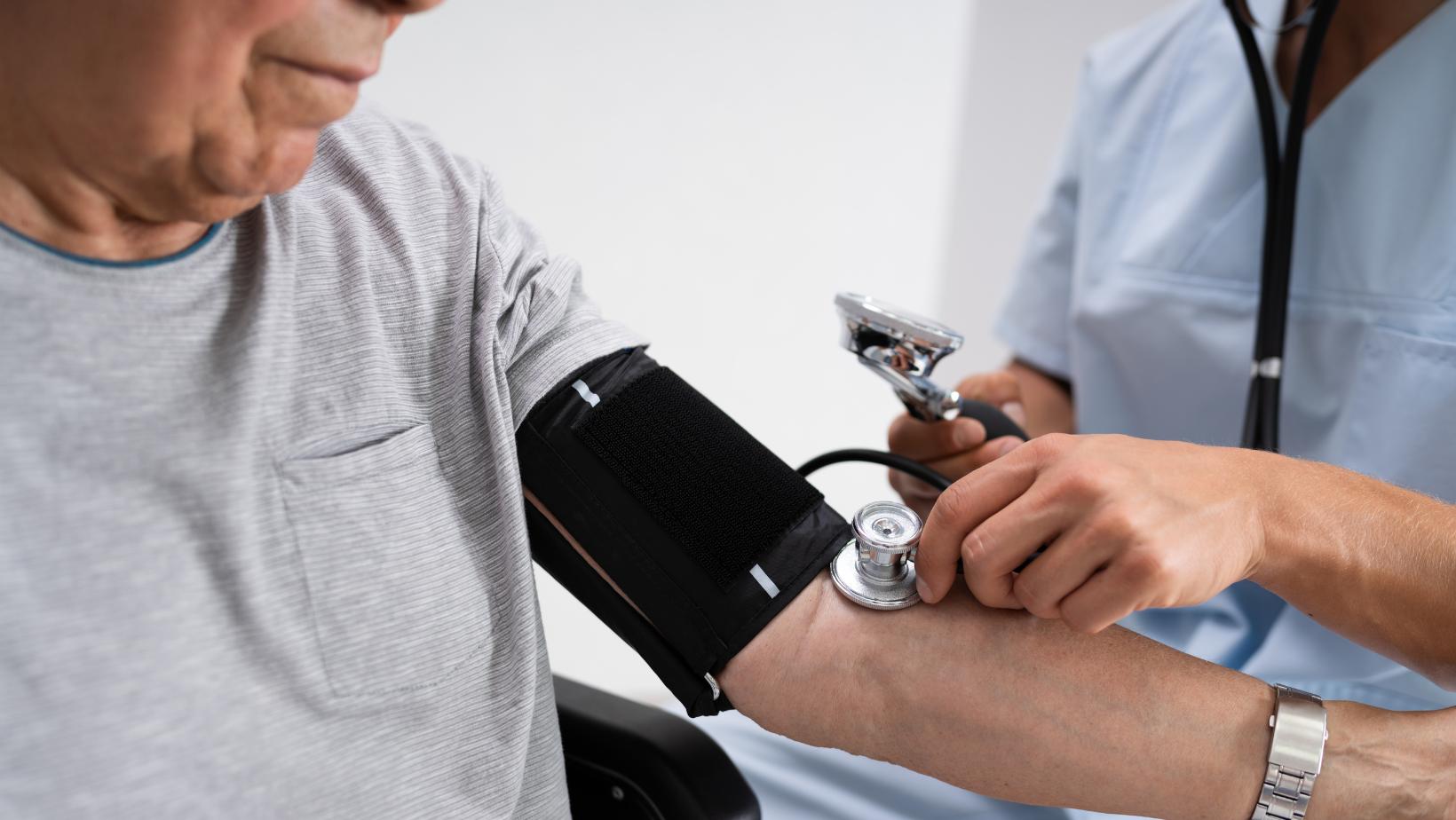High blood pressure, also known as hypertension, has earned the notorious moniker of “the silent killer.” This pervasive condition affects millions of people worldwide, leading to severe health complications if left uncontrolled. In this article, we delve into the captivating world of high blood pressure, unveiling its hidden truths, exploring its underlying causes, highlighting the breakthroughs in research, and empowering readers with practical strategies to prevent and manage this stealthy foe.
Things that Increase the Risk of Having High Blood Pressure Include:
Advertisement
- older age
- genetics
- being overweight or obese
- not being physically active
- high-salt diet
- drinking too much alcohol
Lifestyle changes like eating a healthier diet, quitting tobacco, and being more active can help lower blood pressure. Some people may still need to take medicines.
Blood pressure is written as two numbers. The first (systolic) number represents the pressure in blood vessels when the heart contracts or beats. The second (diastolic) number represents the pressure in the vessels when the heart rests between beats.
Hypertension is diagnosed if, when it is measured on two different days, the systolic blood pressure readings on both days are≥140 mmHg and/or the diastolic blood pressure readings on both days is ≥90 mmHg.
Long-Term Health Consequences of Uncontrolled Hypertension
- Heart Disease: Uncontrolled hypertension puts added stress on your heart and can significantly increase your risk of coronary artery disease, congestive heart failure, and stroke.
- Kidney Damage: High blood pressure damages the delicate tissue in your kidneys, leading to a decreased ability to filter waste from your body. This condition is called chronic kidney disease (CKD). Left untreated, it can progress to kidney failure.
- Eye Damage: High blood pressure can damage the small vessels in your retina, causing vision problems or even blindness.
- Memory Loss and Dementia: Research suggests that uncontrolled hypertension increases the risk of cognitive decline, dementia, and Alzheimer’s disease.
- Sexual Dysfunction: Men with uncontrolled hypertension can experience erectile dysfunction and women may have difficulty achieving orgasm. Both sexes may also notice a decrease in libido or sexual desire.
Physical Activities and Exercises as Effective Blood Pressure Management Tools
- Improved Cardiovascular Fitness: Regular physical activity helps strengthen your heart, improving its ability to pump blood throughout your body more efficiently. This can lead to a lower resting heart rate and improved cardiovascular health overall.
- Stress Reduction: Exercise has been shown to help reduce stress hormones in the body, allowing you to better manage emotional stress that may be contributing to your high blood pressure.
- Weight Loss: Regular physical activity helps burn off excess calories and promote healthy weight loss, both of which can help reduce blood pressure levels.
- Increased Sensitivity to Insulin: Exercise helps the body become more sensitive to insulin, allowing cells throughout your body to absorb glucose more readily and lowering your risk for type 2 diabetes and associated hypertension complications.
- Improved Blood Flow: Regular physical activity can help improve circulation, allowing for improved blood flow throughout the body and to vital organs. This helps reduce strain on the heart and other organs.
- Reduced Inflammation: Exercise also reduces inflammation in the body, which is linked to high blood pressure as well as a range of other chronic health conditions.
Emerging Technologies: Wearable Devices and Digital Health Solutions
Advertisement
Wearable technologies can be innovative solutions for healthcare problems. In this study, we conducted a literature review of wearable technology applications in healthcare. Some wearable technology applications are designed for the prevention of diseases and maintenance of health, such as weight control and physical activity monitoring. Wearable devices are also used for patient management and disease management. Wearable applications can directly impact clinical decision-making. Some believe that wearable technologies could improve the quality of patient care while reducing the cost of care, such as patient rehabilitation outside of hospitals. The big data generated by wearable devices is both a challenge and an opportunity for researchers who can apply more artificial intelligence (AI) techniques to these data in the future. Most wearable technologies are still in their prototype stages. Issues such as user acceptance, security, ethics, and big data concerns in wearable technology still need to be addressed to enhance the usability and functions of these devices for practical use.
Conclusion
High blood pressure remains a significant global health concern, affecting individuals from all walks of life. By uncovering its mysteries, understanding its causes, and adopting proactive measures, we can collectively combat this silent killer. By spreading awareness, fostering early detection, and implementing lifestyle changes, we can empower ourselves and future generations to live healthier, happier lives without the shackles of high blood pressure.
References
- The global epidemiology of hypertension-https://www.ncbi.nlm.nih.gov/pmc/articles/PMC7998524/
- Hypertension-https://www.who.int/news-room/fact-sheets/detail/hypertension
- Wearable Technology Applications in Healthcare: A Literature Review-https://www.himss.org/resources/wearable-technology-applications-healthcare-literature-review

